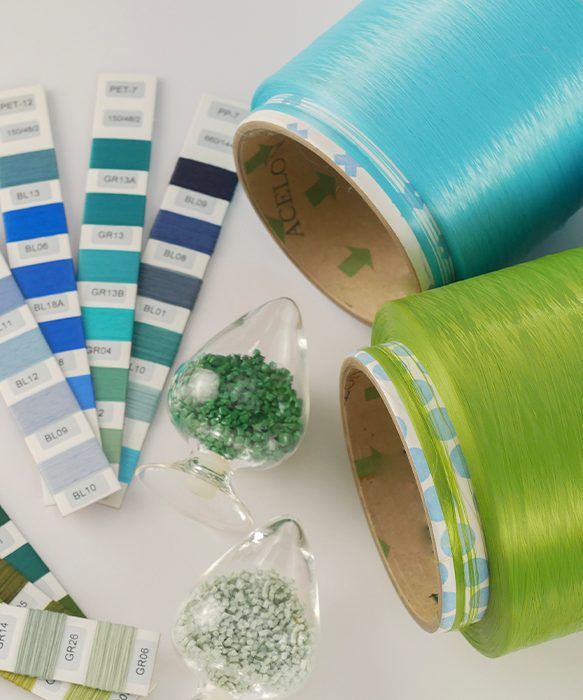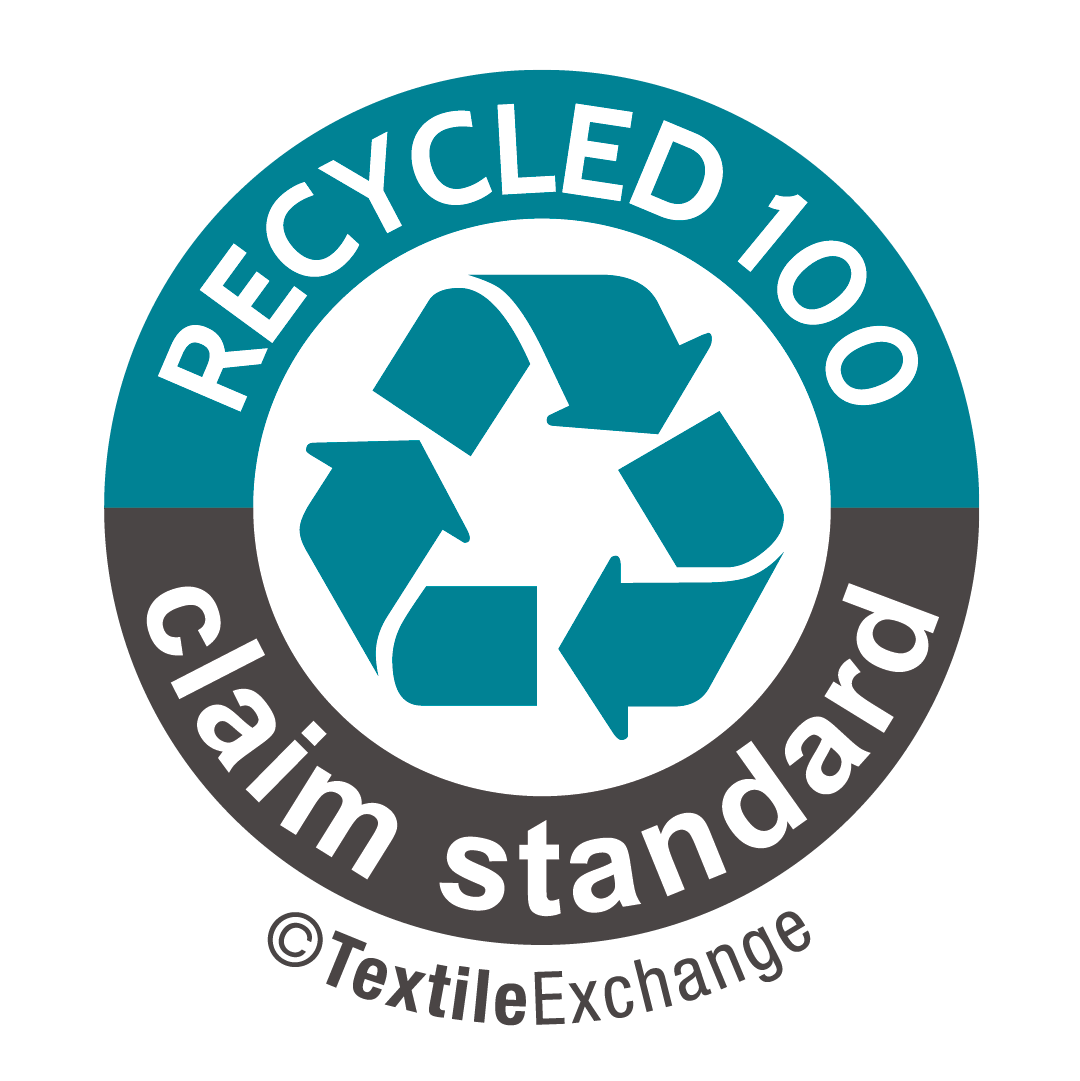recycled pet
The collected PET bottles are washed in different stages, shredded into so-called flakes and melted.
15+
Years In Business
600+
Trained Staff
2.5k
Projects Completed
600+
Trained Staff
Fabric Color With Sustainability
WE USE DOPE DYED YARN
Reduce water in the colouring process. The conventional dyeing process uses hot water and chemicals to make the colour adhere to the synthetic fiber, consuming water, energy and emitting CO2. Dope dyeing instead diverts from traditional wet processing because of its reduced environmental impact. Typical of recycled polyester, it involves adding colour pigment “upstream”, directly to the melted plastic solution before the fiber is made. Unlike traditional processes where yarns are produced and then dyed, with dope dyeing the pigments are trapped inside the recycled plastic after it cools to a solid form, becoming part of the new, stronger yarn. With this approach, dyeing can be done by hot transfer without immersion in water.
- Optimises the use of water reserves
- Eliminates the risk of dye emission in the water
- Reduces the use of chemicals
- Reduces CO2 emissions
- Permanently dyes the fibres avoiding future loss of colour from wash to wash
- It uses less production energy

Certified By Global Recycled Standard
Carefully selected fabric

RCS CERTIFIED
Under Recycled Cotent Standard

GRS CERFIFIED
Under Global Recycled Standard
DOPE DYED R-PET CAP
By AungCrown SemiPro™ Technology
Up to 8,0000 embroidered stitches in 1-location. Up to 9 spot colors allowed.
Featuring a corded miniottoman performance fabric exterior, the cap is made almost entirely of breathable recycled polyester.
Eco friendly dyeing technology SemiPro™ involving coloring the fabric by hot transfer from the color polymers directly to the yarn without immersion in water, avoiding waste and the emission of dyes into the water.



